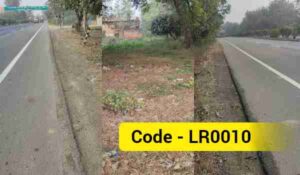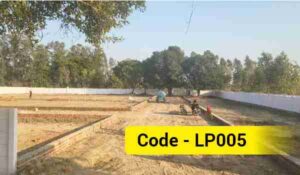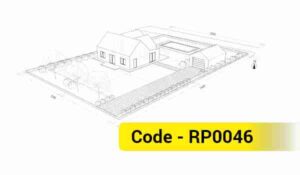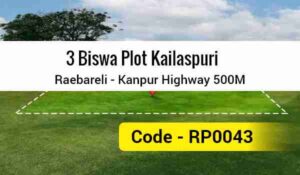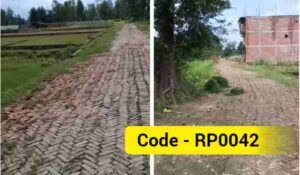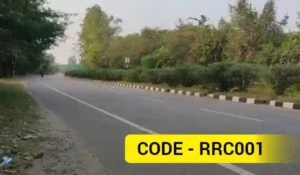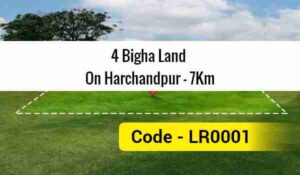Property Card (Gharoni) Initiative: Transforming Property Ownership in Rural India
The SVAMITVA Scheme, launched by the Government of India, aims to revolutionize property ownership in rural areas by issuing Property Cards (locally known as Gharauni). These cards serve as legal documentation of property ownership, empowering rural residents with clear title deeds. This document outlines the Property Card initiative, its objectives, processes, benefits, and its transformative impact on rural India.

Overview of the Property Card
A Property Card is a legally recognized document that certifies ownership of residential or agricultural land in rural areas. Developed using advanced drone-based surveying and Geographic Information System (GIS) technology, it provides a transparent and digitized record of property ownership. The initiative aims to mitigate land disputes, promote financial inclusion, and empower rural residents to capitalize on their property for economic opportunities.
Key Features of the Property Card:
- Contains detailed property information, including ownership details and geospatial mapping.
- Available in both digital and physical formats.
- Issued in collaboration with Gram Panchayats and state revenue departments.
- Legally valid for property transactions, mortgages, or securing loans.
Objectives of the SVAMITVA Scheme
The SVAMITVA Scheme is designed to empower rural India through the following objectives:
- Clear Ownership Records: Establish unambiguous property titles to minimize land disputes.
- Financial Inclusion: Enable rural residents to use property cards as collateral for accessing bank loans.
- Support for Rural Development: Facilitate the implementation of development schemes through accurate property records.
- Women’s Empowerment: Promote economic security by issuing property cards in the names of female family members where applicable.
Eligibility and Application Process
Eligibility Criteria:
- Residents of rural areas who own residential or agricultural land but lack formal ownership documentation.
- The Gram Panchayat must verify properties.
Required Documents:
- Aadhaar Card
- Proof of residence
- Land details (if available)
- Additional local documents, such as certificates issued by the Gram Panchayat
Application Process:
- Drone Survey: Properties are mapped using drone technology under the SVAMITVA Scheme.
- Verification: Local authorities and Gram Panchayats verify ownership details.
- Issuance: Property Cards are issued to owners in digital or physical form upon verification.
- Online Access: Property details can be accessed via the SVAMITVA portal (svamitva.nic.in) or state-specific land record portals in select states.
For assistance, contact your local Gram Panchayat or Tehsil office.
Read More…
- Uttar Pradesh Building Construction and Development By-Laws 2025
- Laws Governing the Sale of Land by Scheduled Caste Landowners to General Category in Uttar Pradesh
- Understanding Section 80 (Section 143) of the Uttar Pradesh Revenue Code, 2006
- Succession Laws in Uttar Pradesh
- 12 Years of Possession (Adverse Possession) and the Property is Yours? The Complete Story of the Limitation Act and Supreme Court Rulings!
- Succession Laws in Uttar Pradesh
Benefits of the Property Card
- Legal Security: Provides a definitive legal record of ownership, reducing property disputes.
- Economic Empowerment: Enables access to financial services, such as bank loans, to strengthen rural economies.
- Facilitation of Development: Supports rural planning and development with accurate, digitized property records.
- Empowerment of Women: Enhances social and economic status by issuing cards in women’s names where applicable.
- Transparency: Ensures accurate and transparent property data through drone mapping and digital records.
Progress of the SVAMITVA Scheme
- Drone Surveys Completed: Over 317,000 villages surveyed.
- Property Cards Issued: Approximately 22.5 million cards distributed.
- Geographical Coverage: Implemented in states including Uttar Pradesh, Madhya Pradesh, Chhattisgarh, Rajasthan, Haryana, Karnataka, and Union Territories such as Jammu & Kashmir and Ladakh.
- Recent Milestone: In January 2025, Prime Minister Narendra Modi distributed 6.5 million Property Cards, including 1.563 million in Madhya Pradesh.
Property Cards in Urban Areas
While the SVAMITVA Scheme primarily targets rural areas, some states have extended the Property Card concept to urban regions, including:
- Cities: Maharashtra, Delhi, Ahmedabad, Lucknow, Raebareli, and Mysore.
- Objectives: Prevent fraudulent claims, combat land mafias, and ensure transparent property ownership.
- Features: Urban Property Cards include unique identification numbers for flats or plots.
Conclusion
The Property Card initiative under the SVAMITVA Scheme represents a transformative step toward securing and digitizing property ownership in rural and urban India. By providing legal recognition and fostering economic empowerment, it enables residents to leverage their assets for financial growth and supports efficient rural development. For further information or to apply for a Property Card, contact your local Gram Panchayat, Tehsil office, or visit the official SVAMITVA portal (svamitva.nic.in).
For specific inquiries regarding the Property Card initiative, please reach out to the relevant authorities for detailed guidance.



